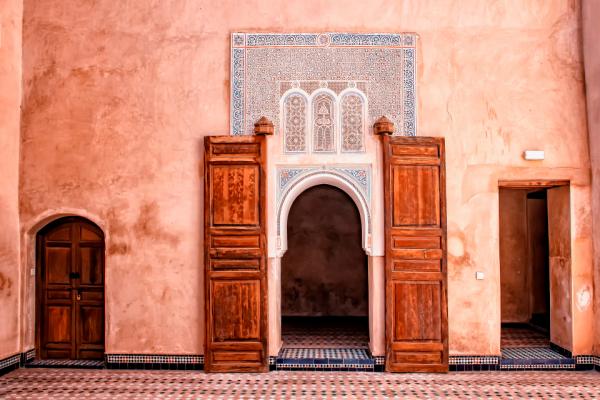Aug 26, 2019
Many conservative Christians consider faith groups through one lens: what they lack. This doesn’t serve our efforts to be good neighbors, however. We also must remember that people of other faiths are image bearers of the same God, and because God hasn’t left himself without witness in the world (Rom. 1:20), they are equipped and capable of showing loving-kindness. And here’s the profound and provocative challenge today — because Jesus is present in their stories, it’s about time the church got to know these stories and learned how to be a part of them too.
Read the Full Article

Already a subscriber? Login
